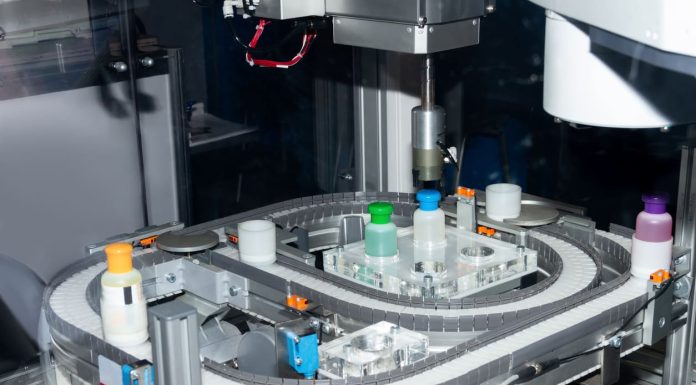Overmolding is a manufacturing process that has gained significant popularity across various industries due to its ability to enhance the functionality, durability, and aesthetic appeal of products. This process involves the creation of a single part by combining two or more materials, typically through the use of injection molding. Overmolding is widely used in the production of complex components, offering several advantages that make it a preferred choice in industries ranging from automotive to consumer electronics.
What is Overmolding?
Overmolding is a multi-step manufacturing process where one material, often referred to as the substrate, is partially or fully covered with another material. The substrate is typically a rigid component, while the overmold material is usually a softer, elastomeric substance like rubber or thermoplastic elastomer (TPE). The overmolded layer adds specific properties to the final product, such as improved grip, enhanced protection, or better insulation.
The overmolding process generally involves two key stages:
- Injection Molding of the Substrate: The first step in overmolding is the production of the substrate. This is done using traditional injection molding techniques, where a material such as plastic or metal is heated until it becomes pliable and is then injected into a mold to form the desired shape.
- Injection Molding of the Overmold Layer: Once the substrate is formed and cooled, it is placed into a second mold where the overmolding material is injected. This material adheres to the substrate, creating a bond between the two materials. The result is a single, unified component with a combination of the properties of both materials.
Types of Overmolding
There are several types of overmolding techniques, each suited to different applications:
- Two-Shot Overmolding: This method involves injecting two different materials into a mold in two separate stages. The first material forms the substrate, while the second forms the overmolded layer. This process is ideal for creating complex parts with different material properties.
- Insert Molding: In this technique, the substrate is pre-formed and then placed into a mold, where it is overmolded with a secondary material. Insert molding is commonly used for incorporating metal components into plastic parts, such as creating electrical connectors.
- Co-Molding: Co-molding is a simultaneous process where two materials are injected into the mold at the same time. This technique is used when a strong bond between the materials is required.
Applications of Overmolding
Overmolding has a wide range of applications across various industries due to its versatility and the benefits it offers:
- Automotive Industry: Overmolding is used to create components such as steering wheels, gear knobs, and dashboards, where a soft-touch surface is desired for comfort and safety.
- Medical Devices: In the medical industry, overmolding is used to produce surgical instruments, syringes, and other medical devices that require a non-slip grip and enhanced durability.
- Consumer Electronics: Overmolding is commonly used in the production of electronic devices, such as smartphones and remote controls, to provide a protective layer that enhances the device’s durability and improves user experience.
- Power Tools: The handles of power tools often feature overmolding to provide a comfortable grip and reduce vibrations during use, enhancing both safety and usability.
- Sporting Goods: Overmolding is used in the manufacturing of various sporting goods, such as tennis rackets, golf clubs, and bicycle handlebars, to improve grip and shock absorption.
Advantages of Overmolding
The overmolding process offers several advantages that make it a popular choice in manufacturing:
- Enhanced Functionality: Overmolding allows manufacturers to combine different materials in a single component, resulting in enhanced functionality. For example, a rigid plastic part can be combined with a soft rubber layer to provide a comfortable grip.
- Improved Durability: The overmolded layer can act as a protective barrier, shielding the substrate from environmental factors such as moisture, chemicals, and physical wear, thereby extending the product’s lifespan.
- Cost Efficiency: Overmolding can reduce the need for assembly operations by combining multiple components into a single part, leading to cost savings in both manufacturing and assembly.
- Aesthetic Appeal: Overmolding allows for the incorporation of multiple colors and textures, improving the visual appeal of the final product.
Conclusion
Overmolding is a versatile and efficient manufacturing process that offers numerous benefits across a wide range of industries. By combining different materials into a single component, overmolding enhances product functionality, durability, and aesthetics. As industries continue to innovate and seek ways to improve their products, overmolding will likely remain a key technology in modern manufacturing.
